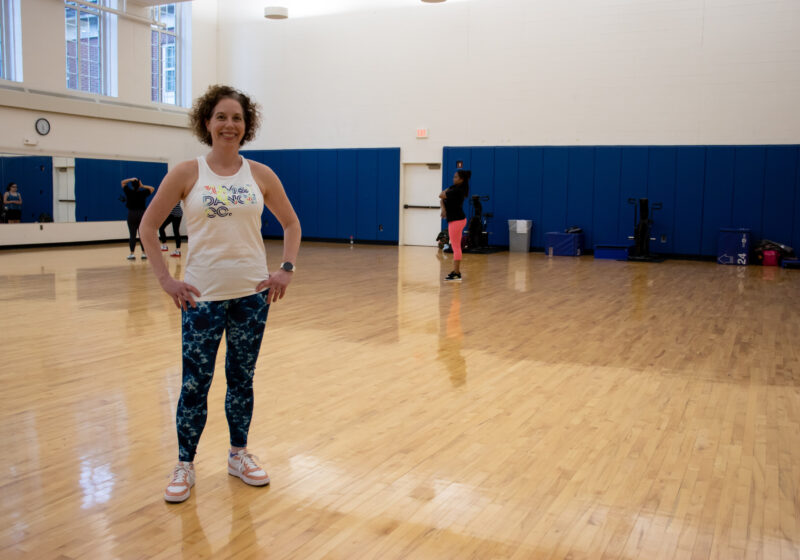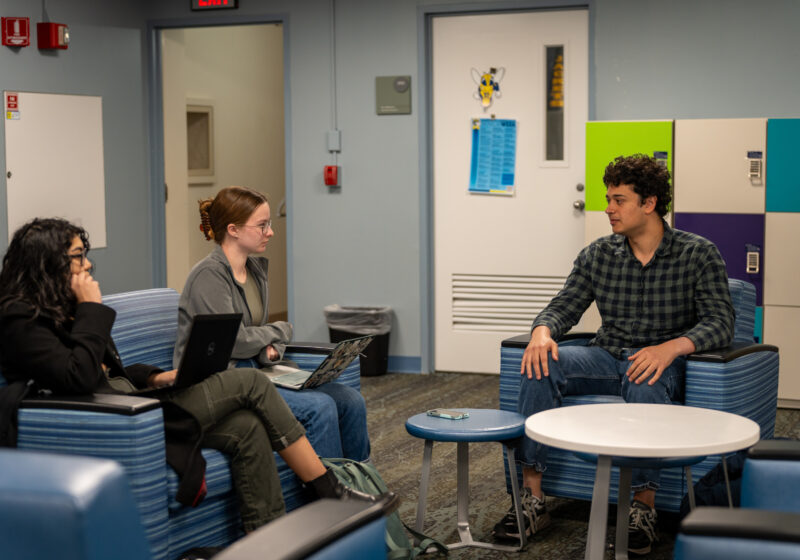The lecture “Why Quantum Computing?” explained the theories of quantum mechanics behind a recently developed imaging system and the possible resolution of a paradox first proposed by Einstein. Assistant Professor of Physics, Quantum Optics and Quantum Physics John Howell made the presentation and discussed his work.”We showed that Einstein, Podolsky and Rosen were not correct in their thinking,” Howell said. “We have proposed a unique imaging system and hope to increase the depth of field of a standard microscope.”The Einstein-Podolsky-Rosen Paradox that Howell referred to was originally proposed by the three theorists in the 1935 Physical Review article titled “Can Quantum Mechanical Description of Physical Reality be Considered Complete?” which stated, very basically, that there are certain possibilities that cannot be explained by the known laws of quantum mechanics.Quantum mechanics, the framework for all modern physical theories, allows physicists to accurately describe the actions of nature, according to doctoral candidate Ryan Bennink who works with Howell.”With John Howell, I have studied spatial correlations between pairs of photons, and [we have] shown that correlated photons don’t spread out like waves do,” Bennink said. “We have also used correlated photons to perform a famous experiment that was proposed by Einstein almost 70 years ago, but hadn’t really been done in the way he imagined until now.” The experiment that Bennink mentions dealt with the instantaneous projection of information by two correlated photons. Einstein originally conducted a thought-experiment, an attempt to predict the possible outcomes of an experiment that cannot be conducted physically, in order to gain an understanding of the movements of photons. However, since the 1970s, the use of technology has rattled the EPR paradox.”Quantum mechanics uses the superposition principle which allows us do parallel processing in a machine. This is not possible using classical machines,” Howell said. Despite their current research success, both Howell and Bennink admitted that advanced quantum computing – using more than eight or nine computational bits – is currently science fiction.”The computers we use today are based on the transistor, invented 60 years ago, which, in turn, was a refinement of the vacuum tube, invented 60 years ago, which, in turn, was a refinement of the vacuum tube, invented a hundred years ago,” Bennick explained. “Right now, people are still working on the quantum equivalent of the vacuum tube. I doubt we will see a true quantum computer in our lifetimes, but scientists are already sending quantum messages in the form of photons through optical fibers.””Quantum physics tells us that, at the microscopic level, reality is a mixture of simultaneous possibilities. For example, a quantum light bulb could be both fully on and fully off at the same time. The real mystery, which becomes an issue of philosophy, is why we only experience one possibility – when we check the state of the light bulb, we find that it is either on or off,” Bennick said. “This is known as the ‘measurement problem.’ I’m not sure if science alone can solve this problem, but to me it is the most interesting, most fundamental unsolved problem in quantum physics.” Institute of Optics Professor Robert Boyd, who works with both Howell and Bennick, is the author of a textbook on “Non-Linear Optics.” In the discussion following the lecture, Boyd questioned the possibility of beating the Heisenberg Uncertainty Principle using the techniques outlined by Howell.”I responded that it was not possible,” Howell said. “[Boyd] was asking about the critical phase matching conditions. It was a hard question for him.” Howell said he is intrigued by the concept of entanglement – the quantum state of one object becoming dependent on that of another. The objects maintain dependence even when they are separated, which was originally thought to prevent interaction.”The current understanding of quantum physics is that when one object is measured and its state is determined, the state of the other object is also instantly determined, no matter how far apart the objects are. This is called ‘non-locality’ or ‘action at a distance,'” Bennick stated. “Incidentally, Einstein did not fully accept quantum physics because he did not believe in action at a distance.” Welzer can be reached at bwelzer@campustimes.org.
Administration
Recording shows University statement inaccurate about Gaza encampment meeting
The Campus Times obtained a recording of the April 24 meeting between Gaza solidarity encampment protesters and administrators. A look inside the discussions.
Dance
Zumba in medicine, the unexpected crossover
Each year at URMC, a new cohort of unsuspecting pediatrics residents get a crash course. “There are no mistakes in Zumba,” Gellin says.
influencer
Riseup with Riseman
“I decided to make one for fun — really poor quality — and I put it on my Instagram just to see how people would react," Riseman said.


